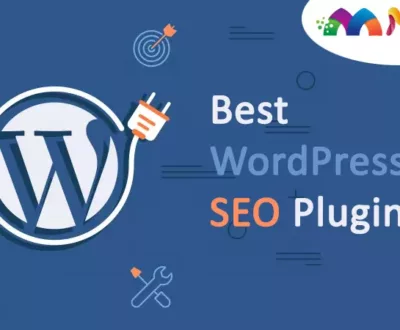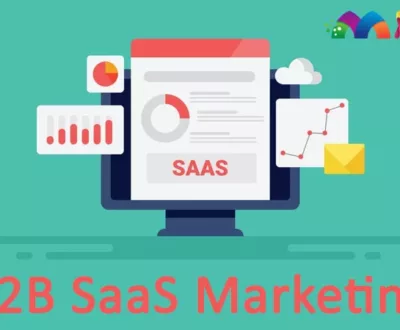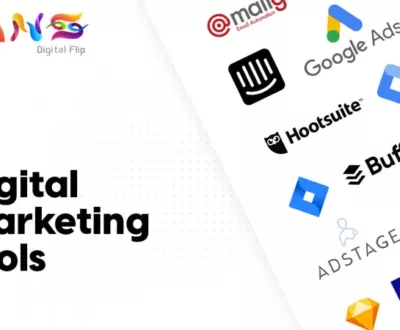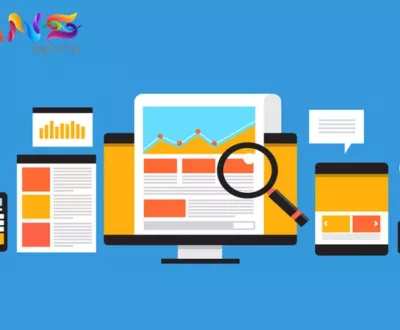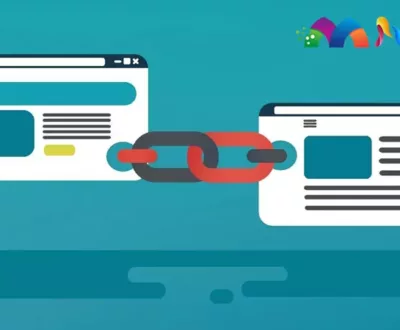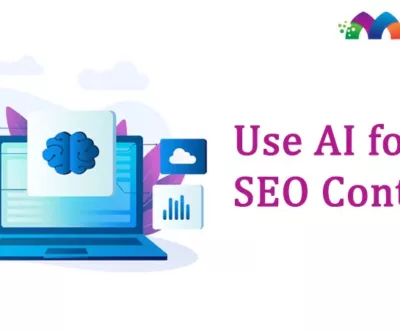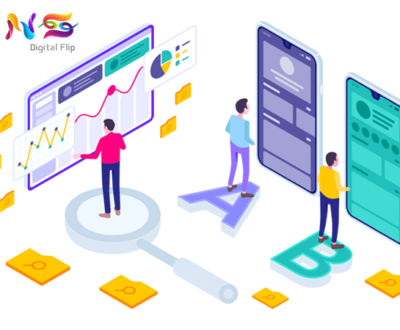
The Internet has forever changed how we see businesses and will continue to evolve our lives. According to data in 2017, online sales accounted for 1/10th of global sales. That number has just increased since then. Year on year, offline sales in the United States have just dropped significantly.
The benefit of digital sales is that it allows businesses to sell to customers worldwide much quicker and less expensively. All of this is possible because of digital marketing.
Today, digital sales and marketing rely heavily on taking a data-centric approach. Marketers now use data and the latest tools to target consumers most likely to buy their products/services. This data-centric approach has given birth to high-quality lead generation.
Breaking Down Lead Generation in Digital Marketing
Lead generation in digital marketing is identifying a particular audience, attracting them, and converting them into prospects for your business. Marketers can use social media promotion, advertising, email marketing, SEO, a lead magnet, or something else to generate leads.
The most common route businesses take is generating organic traffic for the business website.
Types of Lead Generation
Businesses need leads because it is the only way to generate sales and grow. Lead generation creates opportunities for businesses to attract qualified leads with an established interest in their products/services.
However, not all leads are equal, and not all lead generation processes are the same. The process differs greatly based on the types of leads a business needs.
The two main types of leads include:
1. B2B Lead Generation
B2B lead generation is a type of lead generation process that is made for businesses that offer their products/services to businesses.
B2B lead generation helps improve the quality and quantity of leads by identifying businesses that need your services and then converting them into a prospective for your business.
2. B2C Lead Generation
B2C Lead generation is marketing a business’s products/services to consumers. Businesses need B2C lead generation services to get large volumes of qualified leads into the sales funnel. This can be achieved with a combination of SEO, social media, ads, email marketing, and other methods.
The more leads a business gets, the faster it grows.
Ways to Generate Leads
There are several digital marketing techniques that you can use to generate leads. Let’s go into detail about the methods you can use to generate leads:
1. Use the Content
Whenever you write content, be it blogs, emails, or social media posts, increase CTAs in the content. It’s a simple and great way to lead users towards your landing page.
If you’re already writing content in your blogs to provide information, then it would be helpful to include CTAs.
Use your content as much as possible to engage audiences and to move them to your sales funnel.
2. Email Marketing
Email marketing is one of the best ways to generate high-quality leads. Curating custom email campaigns for customers who have already generated leads for your brand and those who have contacted you before.
Do A/B testing and send quality emails full of CTAs and engaging content. The perfect blend of eye-catching designs, CTAs, and engaging content can generate good leads.
3. Paid Ads
When you run ads, you have an end goal in mind. In most cases, it is for customers to take the first step in your sales funnel. If you’re directing customers to a landing page, ensure the offer is the same as in your ad.
Marketers spend a lot of money on ads and end up burning money. Focus on creating compelling ads that resonate with customer’s needs.
4. Social Media Marketing
Social media is a goldmine for marketers who want to generate leads.
There are many options to engage with your target audience and generate leads. You can run social media ads, do organic promotions, include CTAs in your post, or create an organic lead generation community.
Social media platforms make it easy for customers to take the first action. All a user has to do is click on the link and fill out the form or buy the services directly.
As a business, you should constantly focus on generating leads via social media as they are often the most qualified leads you’ll get.
How to Generate Leads with Digital Marketing?
Lead generation has to be the priority for every business out there. If there’s one thing common about all types of lead generation, it’s using content in different ways to get customers into the sales funnel.
You have to invest in creating content that’s compelling and valuable. Other than the content, some other ways of generating leads for your business include:
1. Use Advertising Platforms
If you don’t want to spend on marketing teams and agencies, running ads is the best way to move forward. You can choose the ad platform based on the type of product and service you’re selling.
2. Create a Lead Magnet
You need to build a lead magnet to ensure you always get quality leads. A common lead magnet is gated content that offers something of value for the consumers.
Gated content could be white papers, eBooks, case studies, or something else. You need to highlight what the consumers will gain from downloading your content.
As the lead magnet is gated, customers will have to put in their information to get access to the content. This provides your brand with high-quality leads from prospects who have a genuine interest in your product/service.
3. Host Events
Events are great for lead generation. You can engage with your target audience in real-time and build meaningful relationships with them. You can host a webinar, an online/offline workshop, or a conference to interact with your target audience.
You can use these events to capture contact information and determine who is genuinely interested in your products/services. Pay extra attention to questions, objections, and discussions during the event. These questions and concerns are probably your customers’ pain points, and you can use them to hook other customers as well.
4. Use Social Media Channels
Social media is where the magic happens. You can promote almost everything if you know what you’re doing. 4.9 billion people globally use social media. Which means you’ll find your target audience on one platform or the other.
Your job is to identify the target audience, attract them using lead magnets, and get them to leave their contact information.
The quicker way to find your target audience on social media is by using ads. Successful businesses use social media ads to generate leads and drive sales.
Tools for Lead Generation
1. Salespanel
Lead generation is a long and complex process, with multiple touchpoints where a potential lead can fall off. The sales panel helps businesses with limited lead-generation knowledge by making the process easier.
- Salespanel identifies companies that visit your website.
- The tool tracks and qualifies every single visitor on your website. Allowing you to track qualified visitors on quicker.
- It tracks buyer intent and helps you serve personalized and targeted content on your website.
- Tracks your customer’s entire journey and provides you with crucial campaign data. This allows you to increase your budget on well-performing campaigns and cut your losses on poor-performing ones.
2. Intercom
Intercom is one of the best tools in the market for on-site lead conversion. It offers a number of beneficial features if your primary focus is conversational marketing.
- Intercom has an on-site messaging feature. Businesses can interact with site visitors and collect customer information for lead generation.
- Users can set up rules of engagement according to their needs.
- Users can also segment messages according to customer behavior. A personal touch on onboarding, support, and other places can help you generate quality leads.
3. HubSpot
HubSpot is one of the best tools you’ll ever encounter if your goal is inbound marketing. There are varying lead generation elements that you can use to capture, store, and nurture leads.
- Includes forms, pop-ups, live chats, chatbots, CRM integration, and other features.
- Helps in creating compelling and engaging content to capture leads.
- HubSpot allows your sales team to access the previous touchpoints to help them close sales quicker.
- Offers a free ticketing feature.
4. Paperform
Paperform is a multi-purpose lead generation tool that offers forms, surveys, and quizzes you can add to your website. The tool offers incredible designs and uses logic to drive more and more sales.
- You can design custom quizzes to boost engagement. Users can also increase newsletter sign-ups with pop-up forms.
- Paperform offers a no-code solution and a word-document type structure.
5. Mailshake
Email marketing remains one of the best ways to generate leads for your business. If that’s your preferred method, Mailshake may be the tool you want to try. With Mailshake, you can automate, optimize, and give a personal touch to your cold emails.
- Mailshake’s AI email writer allows you to write hundreds of effective email copies.
- Pre-made templates that have proven to generate leads.
Final Take – Lead Generation in Digital Marketing
Now you have an understanding of what is lead generation in digital marketing.
Before you start your lead generation campaign, build a clear action plan that resonates with your brand’s end goals.
Instead of using lead generation as a one-time technique, make it a core business approach to create more customer-friendly experiences.


